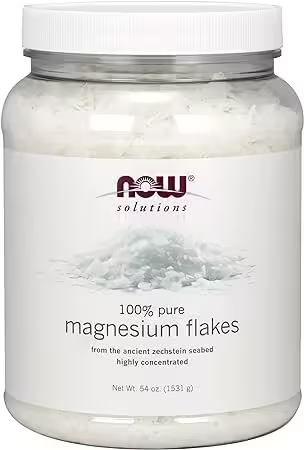Joints and teeth share a commonality: both can wear down and cause discomfort. However, unlike teeth, joints possess the remarkable ability to regenerate naturally. This regeneration of cartilage and bone tissue occurs in response to inflammation, injuries, and even the aging process. Yet, some individuals move with ease, while others experience stiff and painful joints. Understanding the factors behind joint health can lead to effective solutions for recovery without relying on medications.
Understanding Joint Pain
Joint pain can stem from various causes, including vitamin deficiencies, gout, and natural wear and tear. For many individuals, pain arises from joint degeneration. Recognizing the type of pain is crucial: pain during movement typically indicates arthritis, while pain at rest suggests inflammation. Morning stiffness is often associated with inflammatory conditions, easing as the day progresses.
Factors Affecting Joint Health
Several factors contribute to joint issues, including aging, injuries, lack of movement, and excess weight. Weight reduction can alleviate pressure on joints, particularly for those suffering from knee or hip pain. It is essential to engage in moderate physical activity, as movement stimulates the production of synovial fluid, which is vital for joint lubrication.
Signs of Joint Trouble
Ignoring early warning signs can lead to more significant issues. Symptoms to watch for include:
- Morning stiffness: Difficulty moving joints after sleeping can indicate changes in connective and bone tissue.
- Burning sensation: A burning feeling, particularly with redness, may signify inflammation.
- Restricted movement: Trouble bending a knee or lifting a leg could suggest underlying joint issues.
- Creaky joints: Noisy joints may indicate insufficient synovial fluid, though they can also be normal if pain-free.
- Weather sensitivity: Some individuals report increased pain in cold weather, possibly due to reduced blood flow to extremities.
Dietary Influences on Joint Health
The right nutrition plays a significant role in maintaining and restoring joint health. Incorporating fatty fish such as salmon and mackerel into the diet can provide essential omega-3 fatty acids that reduce inflammation. Additionally, nuts, berries, and vegetables like broccoli and spinach support joint function and help manage inflammation.
Home Remedies for Pain Relief
Several effective home remedies can assist in alleviating joint pain:
- Gelatin: Mixing gelatin with water can provide collagen benefits. This simple remedy can help strengthen cartilage over time.
- Aloe Vera and Honey Compress: A mix of aloe juice and honey applied topically can reduce inflammation.
- Pepper Oil: Capsaicin from red pepper can be infused in oil and used to massage painful joints, promoting circulation and potentially blocking pain signals.
- Apple Cider Vinegar and Honey: This mixture may help restore joint health due to its anti-inflammatory properties.
Expert Insights on Joint Health
An orthopedic specialist emphasizes that osteoarthritis involves the breakdown of cartilage, leading to pain and stiffness. Factors such as diet, weight, and muscle tension can exacerbate the condition. Releasing muscle knots and improving joint mobility can alleviate pain and enhance overall function. Maintaining a balanced lifestyle that includes activity and rest is vital for joint health.
Conclusion
Joint health is influenced by a combination of factors including diet, exercise, and attention to early signs of discomfort. By implementing simple lifestyle changes, adopting an anti-inflammatory diet, and utilizing home remedies, one can promote pain-free movement well into later years. Individuals can enjoy improved flexibility and joint function by addressing the quality of connective tissue rather than solely focusing on age and weight. Prioritizing joint health today paves the way for a more active and pain-free tomorrow.











